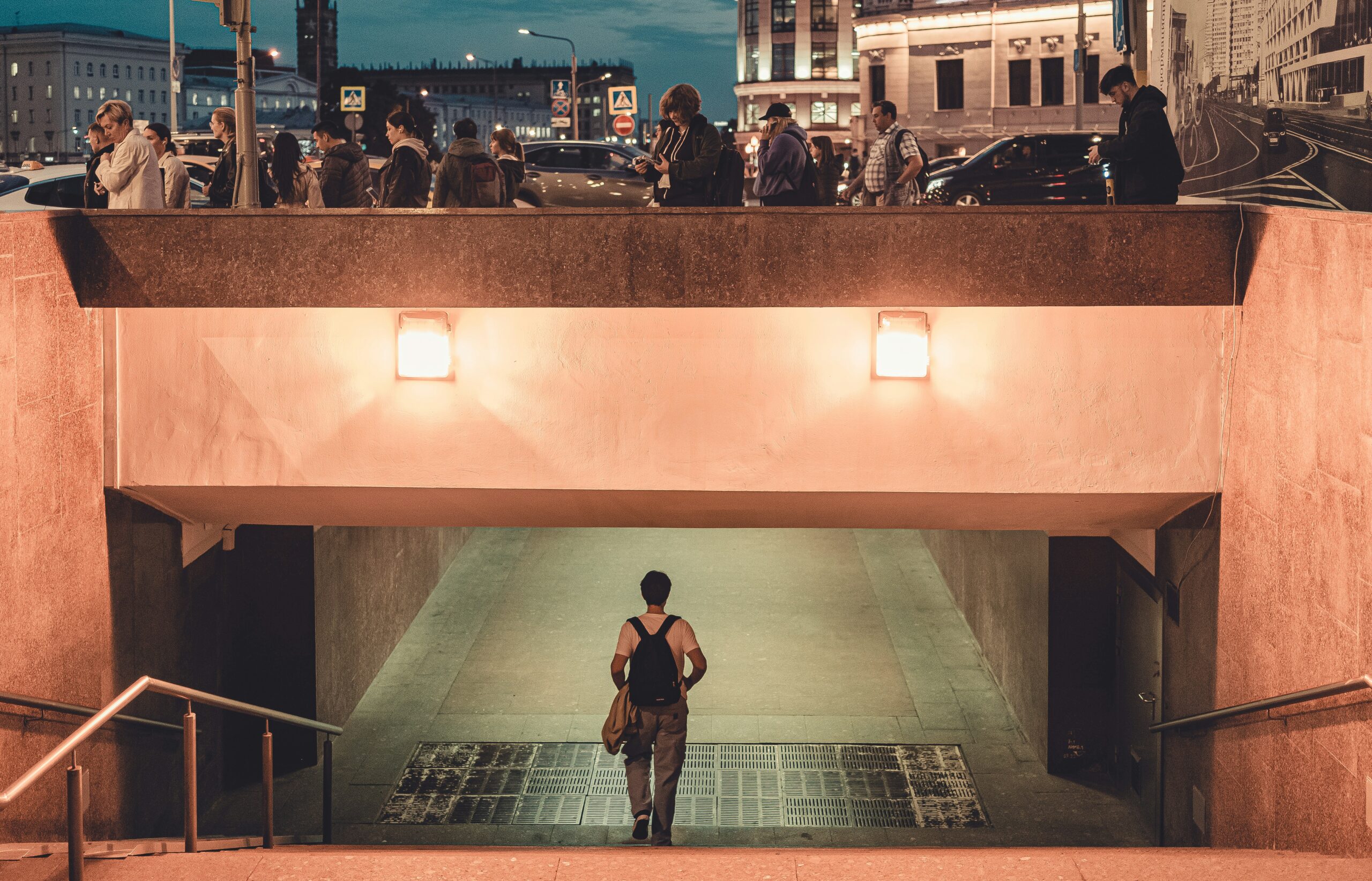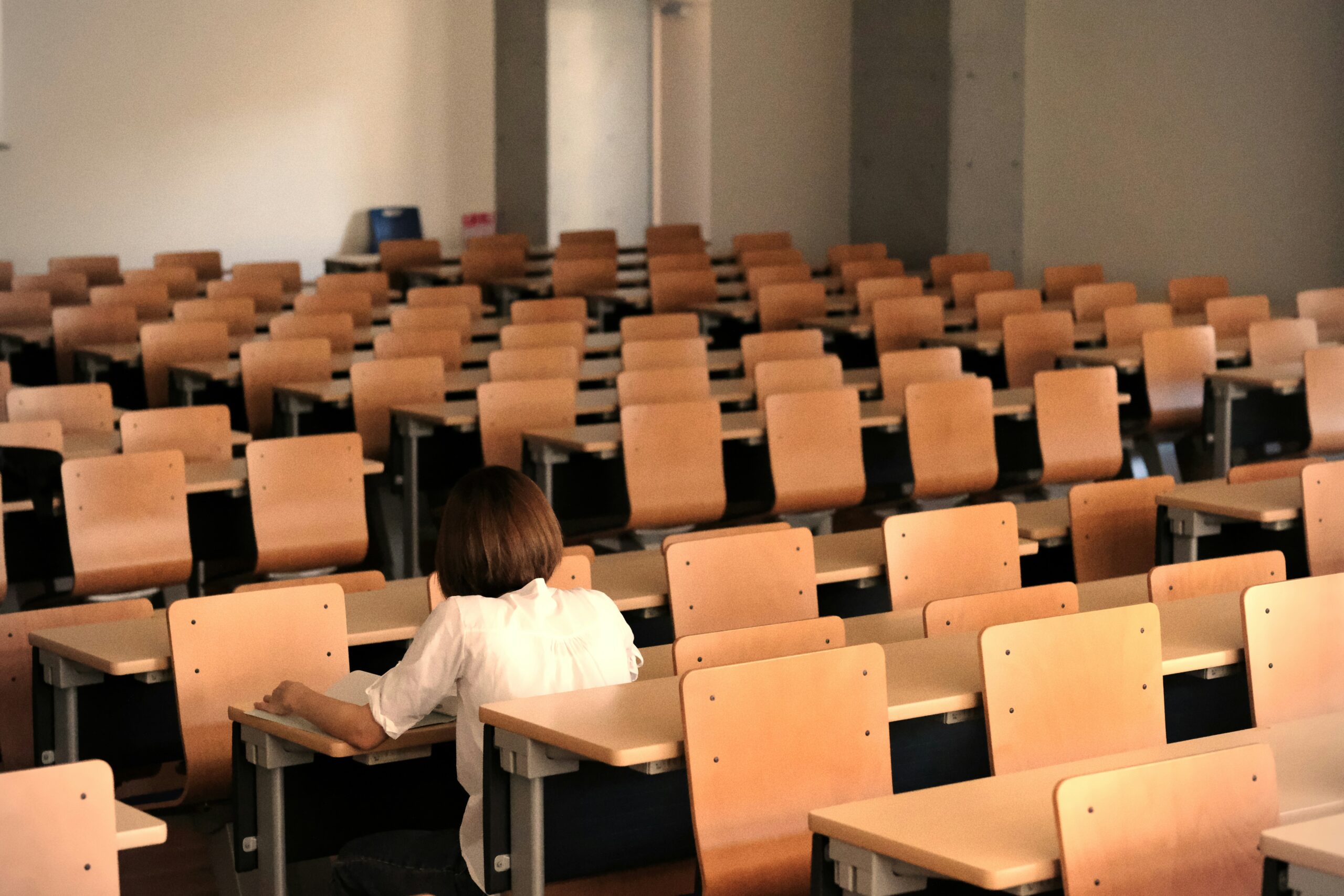Have you ever walked through a busy city street, surrounded by people, yet felt completely alone? You’re not the only one. The idea of “urban loneliness” is becoming something more and more people talk about these days. Even in crowded places, many of us feel invisible, disconnected, and, well… lonely.
City life promises connection and community, but somehow, it often leaves us feeling isolated. It’s not just about how many people are around — it’s about how the city itself, and the technology we use, shape the way we connect (or don’t).
Why Does City Life Make Us Feel So Alone?
It might seem strange that living close to millions of people can feel isolating, but there are a few key reasons:
- Crowds without connection: Just because there are lots of people doesn’t mean you actually know or talk to any of them.
- Missing “third places”: Cafes, parks, community centers — places where people naturally meet — are disappearing.
- City design that separates us: Lots of cars, few green spaces, and neighborhoods that aren’t built for walking all keep us apart.
These factors create what some call a “loneliness-producing environment,” and we don’t always notice how much it affects us.
How the Pandemic Made It Worse
COVID-19 brought a spotlight to something already growing:
- Lockdowns meant less in-person contact.
- Video calls became the norm, but they often feel less real, less warm.
- Working from home meant no chance encounters in the office or on the commute.
A 2021 OECD study found that digital interactions don’t replace face-to-face connections well — especially for young people and the elderly.
Your Neighborhood Matters More Than You Think
Not all parts of a city are equal when it comes to loneliness:
- Living near parks and walkable streets helps reduce isolation.
- Car-dependent neighborhoods tend to increase it.
- Mixed-use areas with shops and cafes encourage casual social interactions.
Those “third places” — spots that aren’t home or work — are vital. Yet, many cities don’t plan for them properly anymore.
Technology: Friend or Foe?
Technology has a complicated role in how lonely we feel:
- Some say social media helps us stay connected.
- Others say it replaces deeper, real-life interactions and makes loneliness worse.
A 2022 Pew Research Center study showed that online conversations often lack emotional depth. Plus, older adults may struggle with digital tools, while young people can feel pressured by comparing their lives to others’ polished online personas.
What Can We Do About It?
The good news? There are ways to fight back against urban loneliness:
1. Design Cities for People
- More parks and green spaces.
- Streets made for walking, not just cars.
- Neighborhoods that mix homes, work, and social spots.
2. Encourage Social Activities
In some places, doctors now prescribe social activities like:
- Group walks
- Art classes
- Community gardening
3. Bridge the Digital Gap
- Teach older adults how to use technology.
- Support apps that help people meet in real life.
A Team Effort to Beat Loneliness
| Area | Goal | Example |
|---|---|---|
| Environment | Build social connections | Create local parks |
| Social | Boost casual meetups | Support cafes and libraries |
| Technology | Improve digital access | Offer free tech workshops |
This isn’t something we can fix alone — it takes cities, healthcare, tech, and all of us working together.
Why It Matters Right Now
Loneliness isn’t just sad — it’s a real health risk. Organizations like the WHO and national governments are starting to treat it as a serious public health issue. With cities growing and screen time rising, we risk living surrounded by strangers. But there’s hope: better city design and real-world connections can turn things around.
What Can You Do?
Think about your own city or neighborhood. Does it help you connect with others? If not, what small steps could you take? Maybe it’s joining a local event, chatting with your neighbor, or just spending time in a park. Change often starts with simple acts. After all, the best cure for loneliness might not be more screens — but more sidewalks and friendly hellos.





Bir yanıt yazın